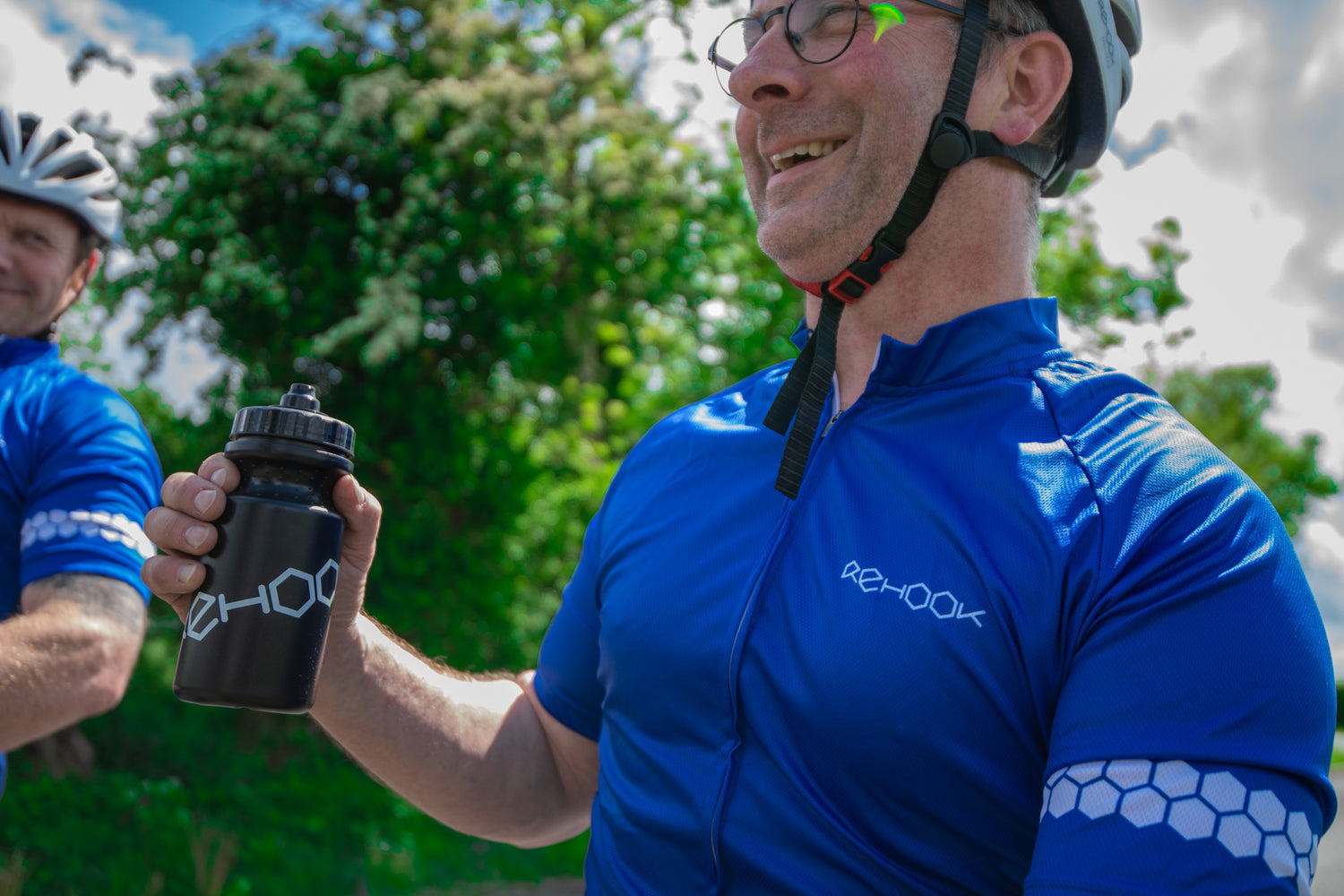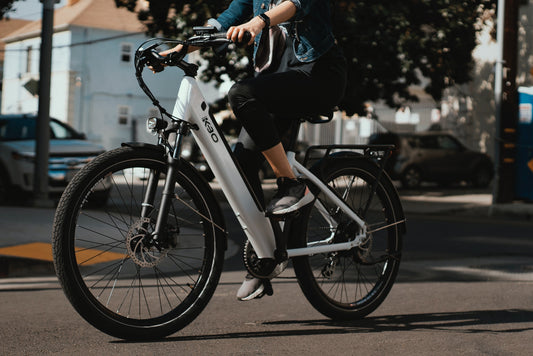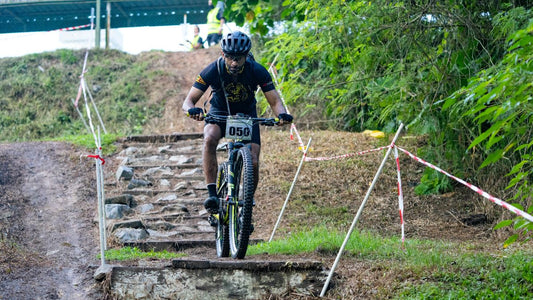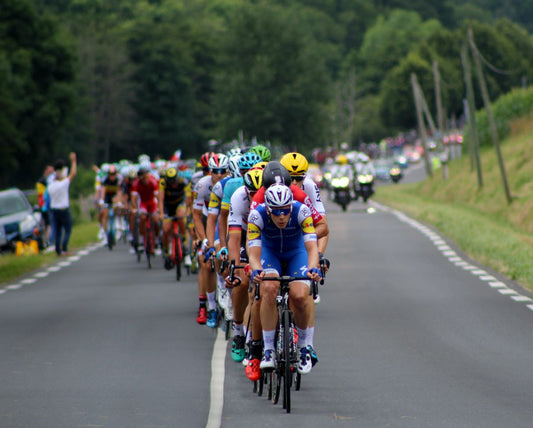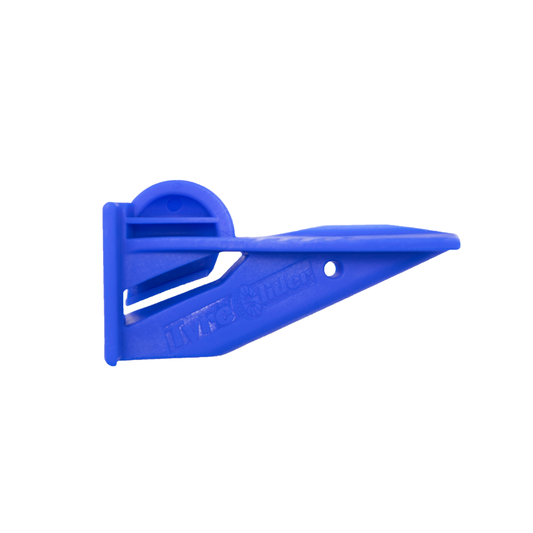sahyd windz
Noun, Plural
Side Winds are strong winds that come from the side of the rider.
Example usage: 'The side winds made it difficult to keep our line during the time trial.'
Most used in: Flat, wide open areas with little to no wind protection.
Most used by: Time trial cyclists who are especially vulnerable to side winds.
Popularity: 8 out of 10.
Comedy Value: 4 out of 10.
Also see: Crosswinds, Tailwinds, Headwinds, Gusts,
What are Side Winds in Time Trial Cycling?
Side winds can prove a challenge to cyclists, particularly those involved in time trial cycling. Side winds are winds that come from the side of a cyclist instead of from in front or behind them. This can create a drag effect, making it more difficult to cycle.
In time trial cycling, side winds can have a significant impact on the speed and performance of a cyclist. This is because the cyclist is typically in a low profile position, which can make them more susceptible to the effects of side winds. Statistics from the International Cycling Union (UCI) suggest that side winds can reduce the speed of a cyclist by up to 15%.
In order to combat the effects of side winds, cyclists must adjust their riding technique. For example, they may adopt a more upright position in order to reduce the drag created by the wind. Additionally, cyclists may adjust their gear selection to ensure they are able to maintain a higher speed in the wind.
In summary, side winds can have a significant impact on the speed and performance of a cyclist in time trial cycling. Cyclists must adjust their riding technique and gear selection in order to combat the effects of side winds and maintain a higher speed.
The History of Side Winds in Time Trial Cycling
Side winds are an unavoidable and often unpredictable force of nature that can affect the outcome of a time trial cycling race. The term was first used in the early 19th century in the United Kingdom, where strong winds from the east and west were common. At the time, cyclists would often adjust their routes to avoid these winds and the term “side winds” was born.
In the late 19th century, the sport of time trial racing began to emerge in England. The sport was designed to test a cyclist's individual speed and strength over a certain distance and time. During these races, cyclists had to take into account the potential effects of side winds on their performance. As the sport grew in popularity, the term “side winds” became associated with time trial cycling.
Today, side winds are an integral part of time trial cycling. Cyclists must constantly be aware of the direction and strength of the wind in order to adjust their routes and times accordingly. By understanding the effects of side winds on their performance, cyclists can gain a competitive edge in time trial races.

